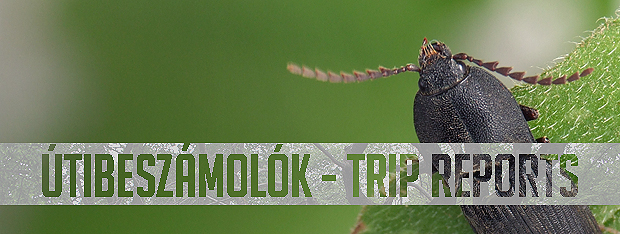
VI.2013., Isaszeg
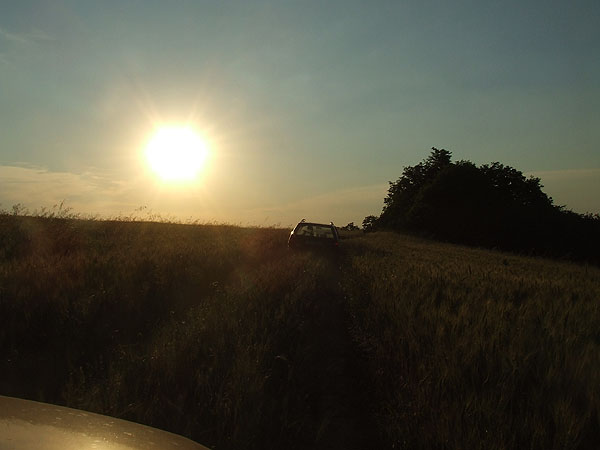
The hidden steppic grassland of a few acres lying amidst fields was able to avoid being ploughed. The unique beetle fauna of the site has been studied for a long time by the staff of the Duna–Ipoly National Park.

Plenty of tiny beetles were flying around on the slope in the pale light of sunset. Stag beetles and june chafers swept just above my head.
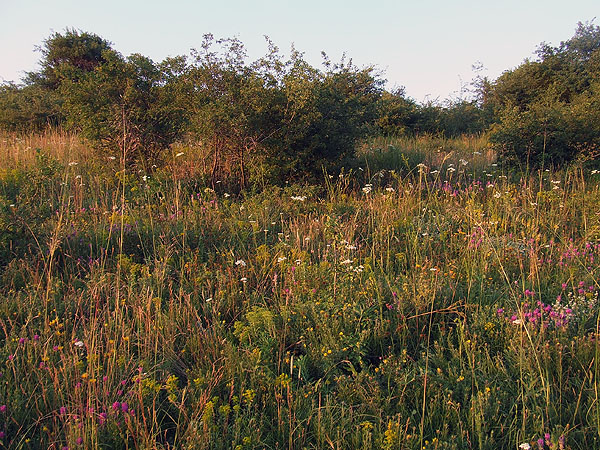
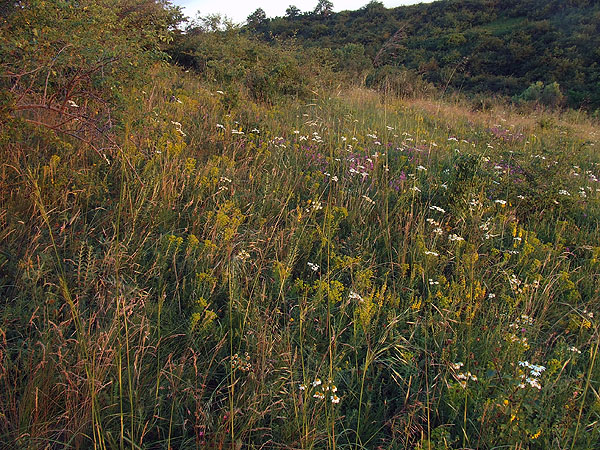
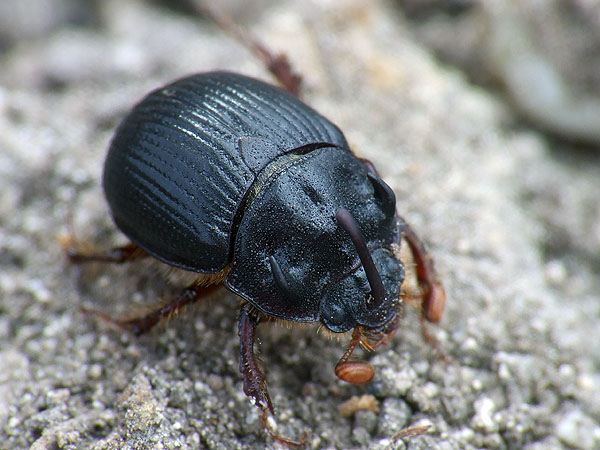
I saw the first Odonteus armiger (Scopoli, 1772) before dark. This minute lamellicorn beetle just as small as a cherry pit develops in the fruiting bodies of subterranean fungi. It flies at dusk low over the ground in open forests and meadows. It is widely distributed but sporadical in Hungary.
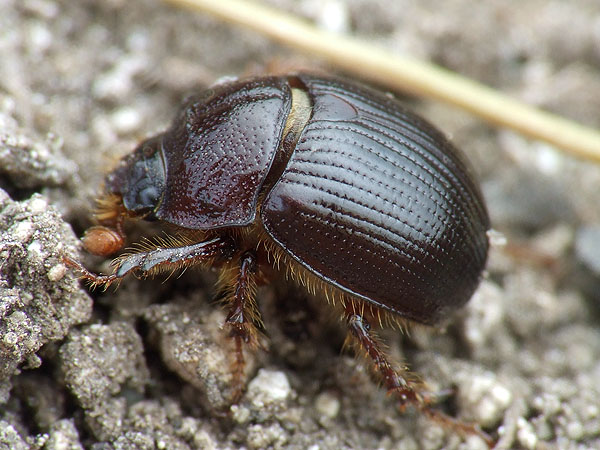
A female Odonteus armiger (Scopoli, 1772).
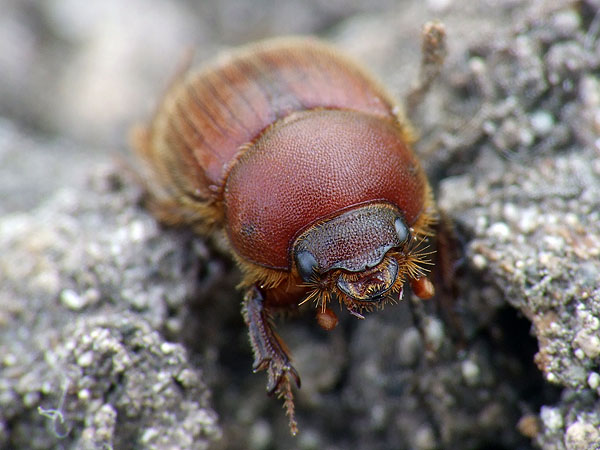

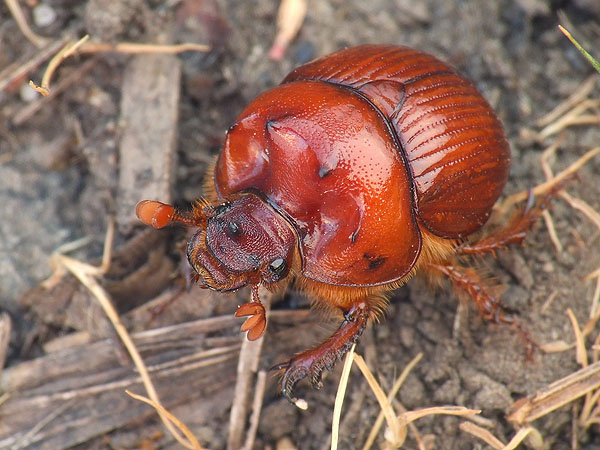
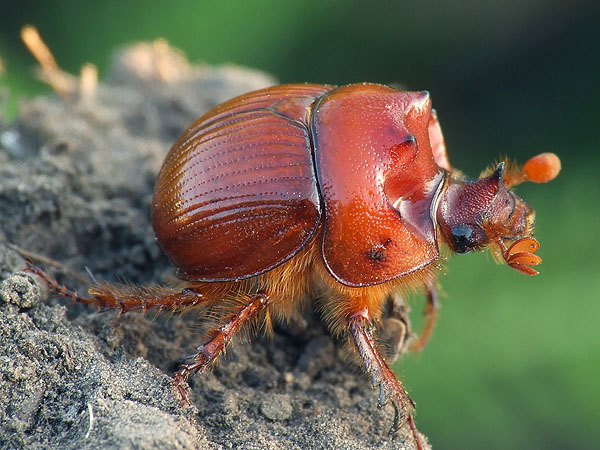
A really "horny bull" with serious armature ready to fight.

Bolbelasmus unicornis (Schrank, 1789) female.
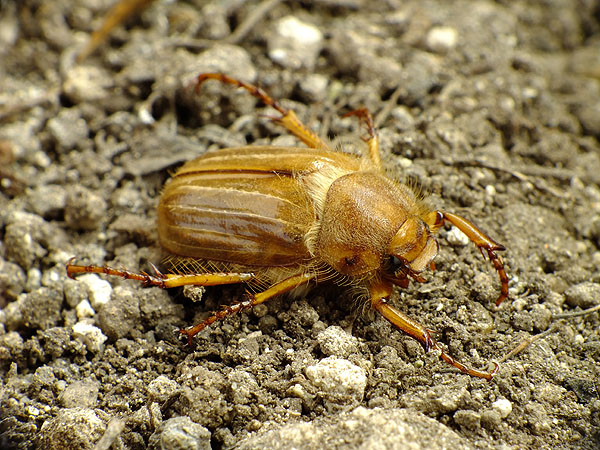
Amphimallon assimile (Herbst, 1790).
.
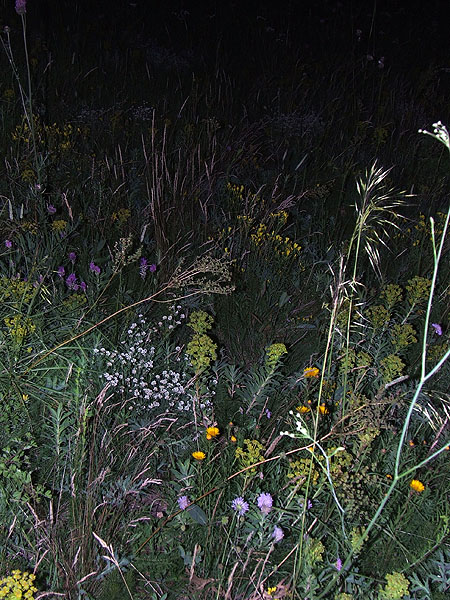
Light-traps also collected interesting species but observing
uncommon beetles under natural
conditions is always something different.